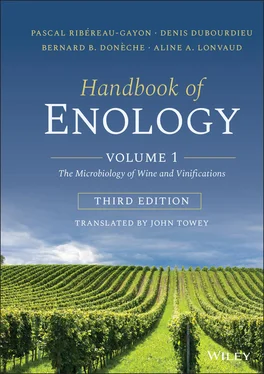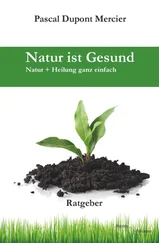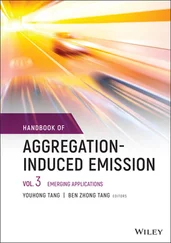When sugar is used by the respiratory pathway, pyruvic acid (originating from glycolysis) undergoes an oxidative decarboxylation in the presence of coenzyme A (CoA) ( Figure 2.6) and NAD +. This process generates carbon dioxide, NADH and, acetyl‐CoA:

The enzymatic complex of pyruvate dehydrogenase catalyzes this reaction. It takes place inside the mitochondria. TPP, lipoamide, and flavin adenine dinucleotide (FAD) participate in this reaction and serve as catalytic cofactors.
The acetyl unit coming from pyruvate is activated in the form of acetyl‐CoA. The reactions of the citric acid cycle, also called the tricarboxylic acid cycle or Krebs cycle ( Figure 2.7), completely oxidize the acetyl‐CoA into CO 2. These reactions also occur in the mitochondria.
This cycle begins with the condensation of a two‐carbon acetyl unit with a four‐carbon compound, oxaloacetate, to produce a tricarboxylic acid with six carbon atoms: citric acid. Four oxidation–reduction reactions regenerate the oxaloacetate. The oxidative pathway involves decarboxylation of isocitrate, an isomer of citrate, into α ‐ketoglutarate. Isocitrate dehydrogenase catalyzes this reaction. A five‐carbon compound, α ‐ketoglutarate, undergoes an oxidative decarboxylation to become succinate, catalyzed by α ‐ketoglutarate dehydrogenase. In these two reactions, NAD +is the hydrogen acceptor. Fumarate dehydrogenase is responsible for the reduction of succinate into fumarate. FAD is the hydrogen acceptor ( Figure 2.8). Finally, fumarate is hydrated into L‐malate. The latter is reduced into oxaloacetate by malate dehydrogenase. In this case, the NAD +is the electron acceptor once again.
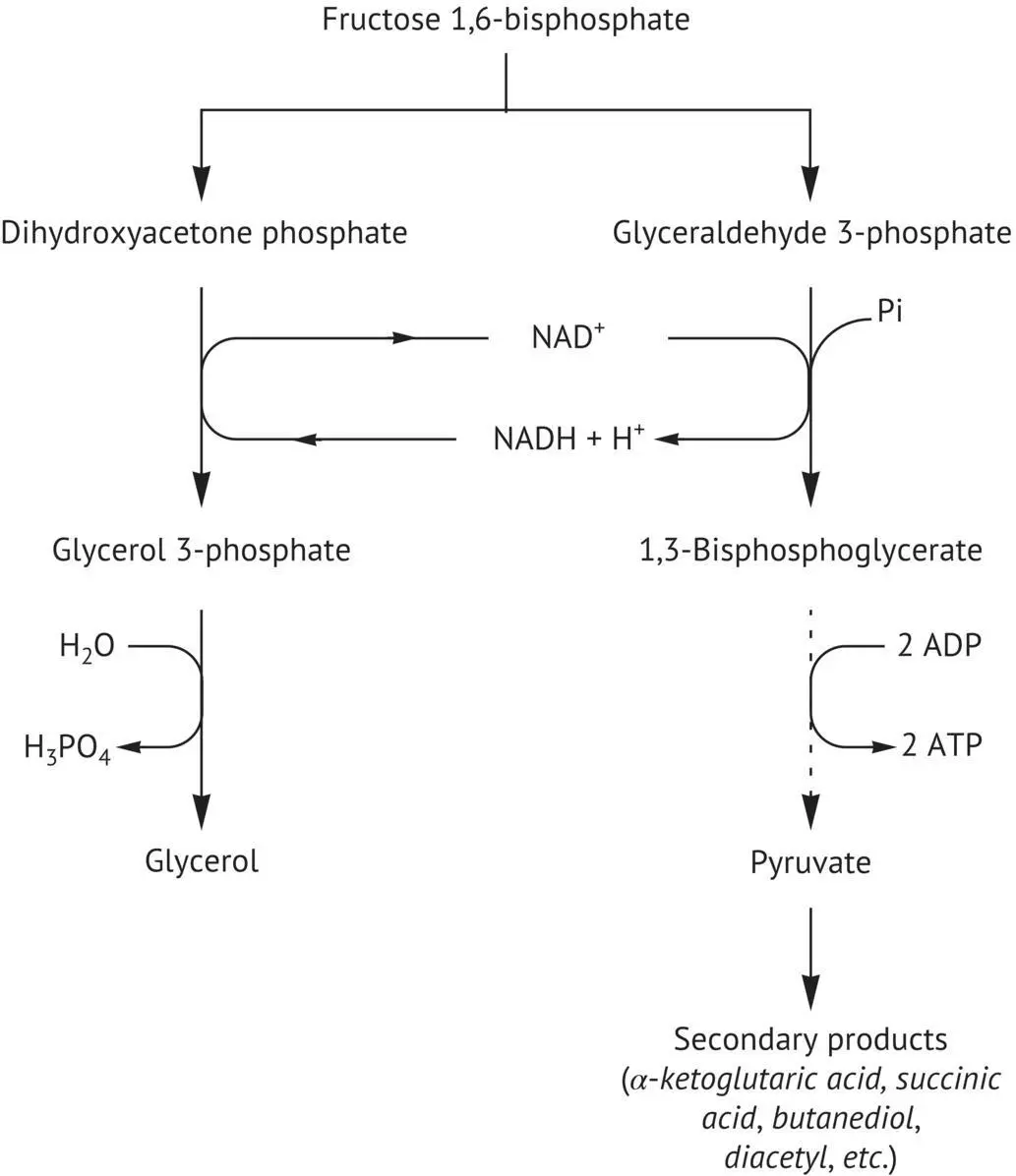
FIGURE 2.5 Glyceropyruvic fermentation pathway.
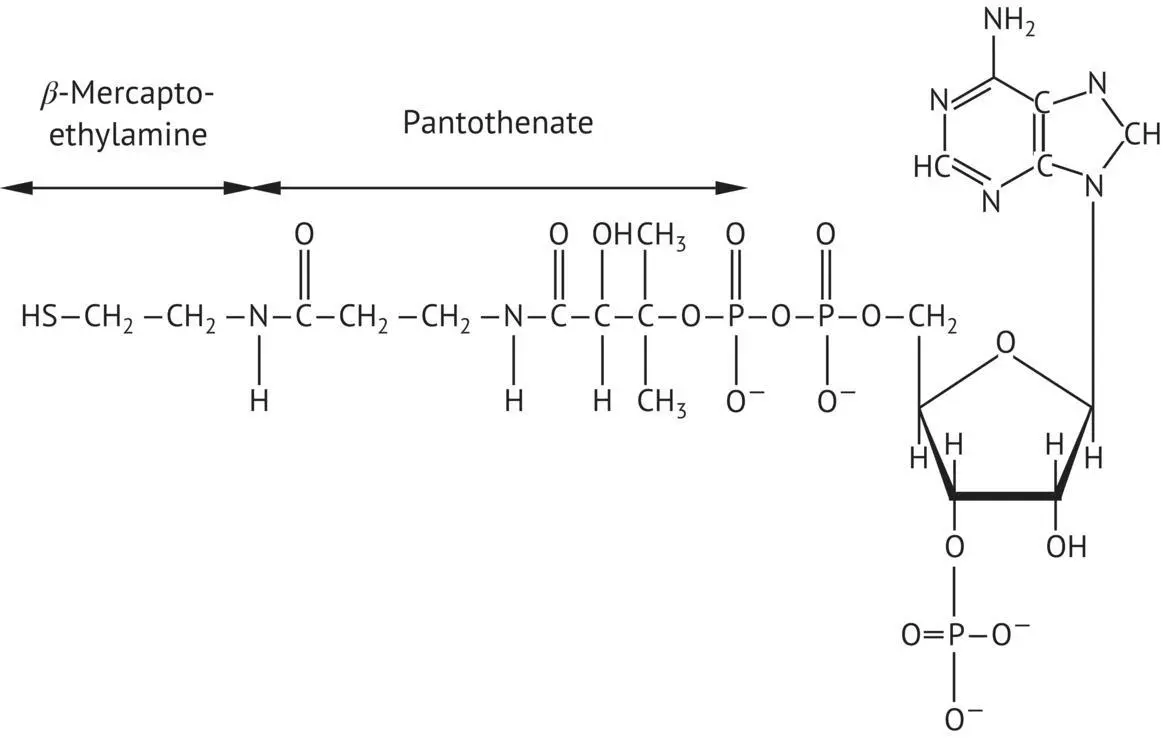
FIGURE 2.6 Structure of coenzyme A. The reaction site is the terminal thiol group.
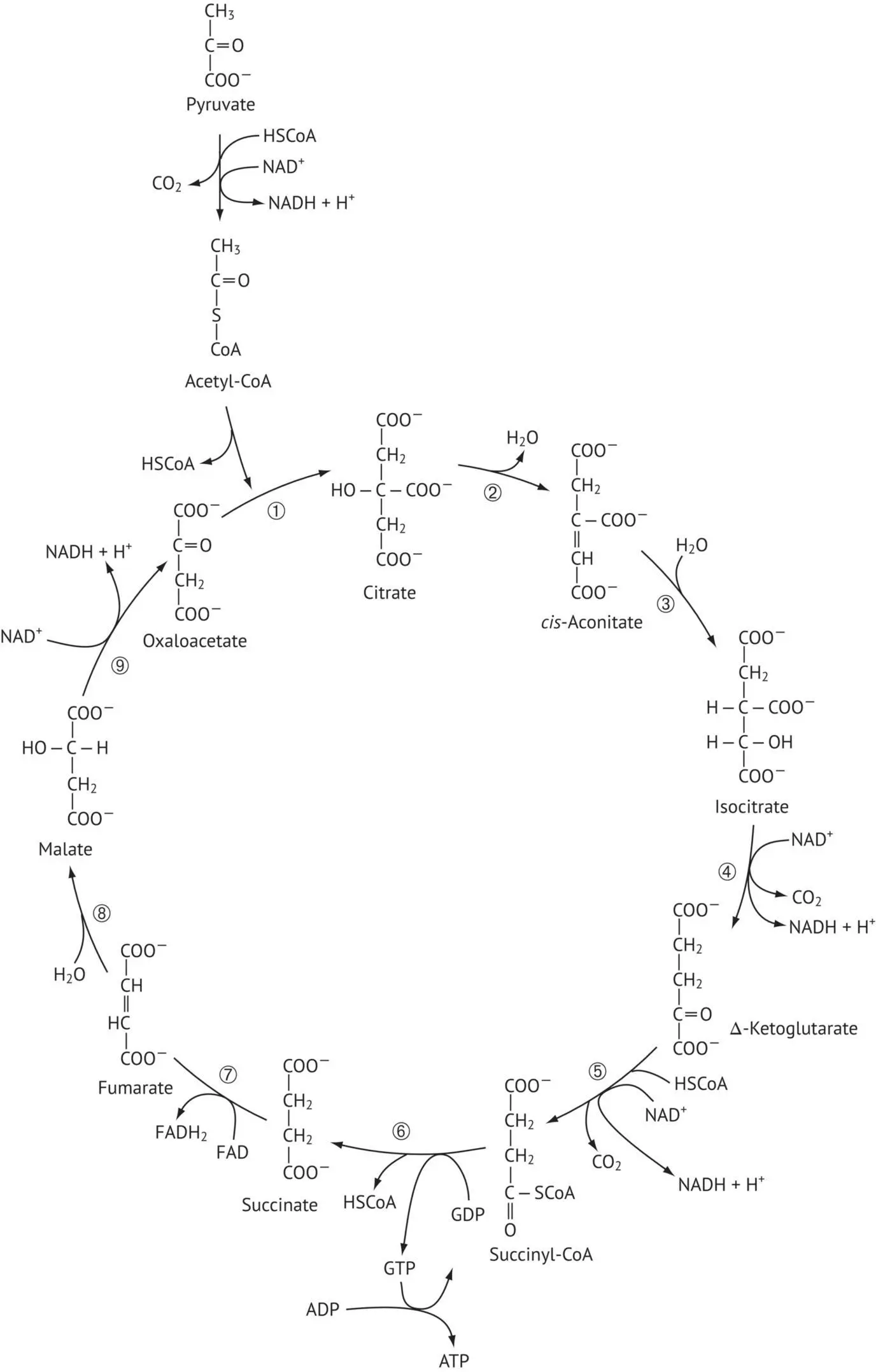
FIGURE 2.7 Tricarboxylic acid or Krebs cycle. 1, citrate synthase; 2–3, aconitase; 4, isocitrate dehydrogenase; 5, α ‐ketoglutarate dehydrogenase complex; 6, succinyl‐CoA synthetase; 7, succinate dehydrogenase; 8, fumarase; 9, malate dehydrogenase; GTP, guanosine triphosphate; GDP, guanosine diphosphate.
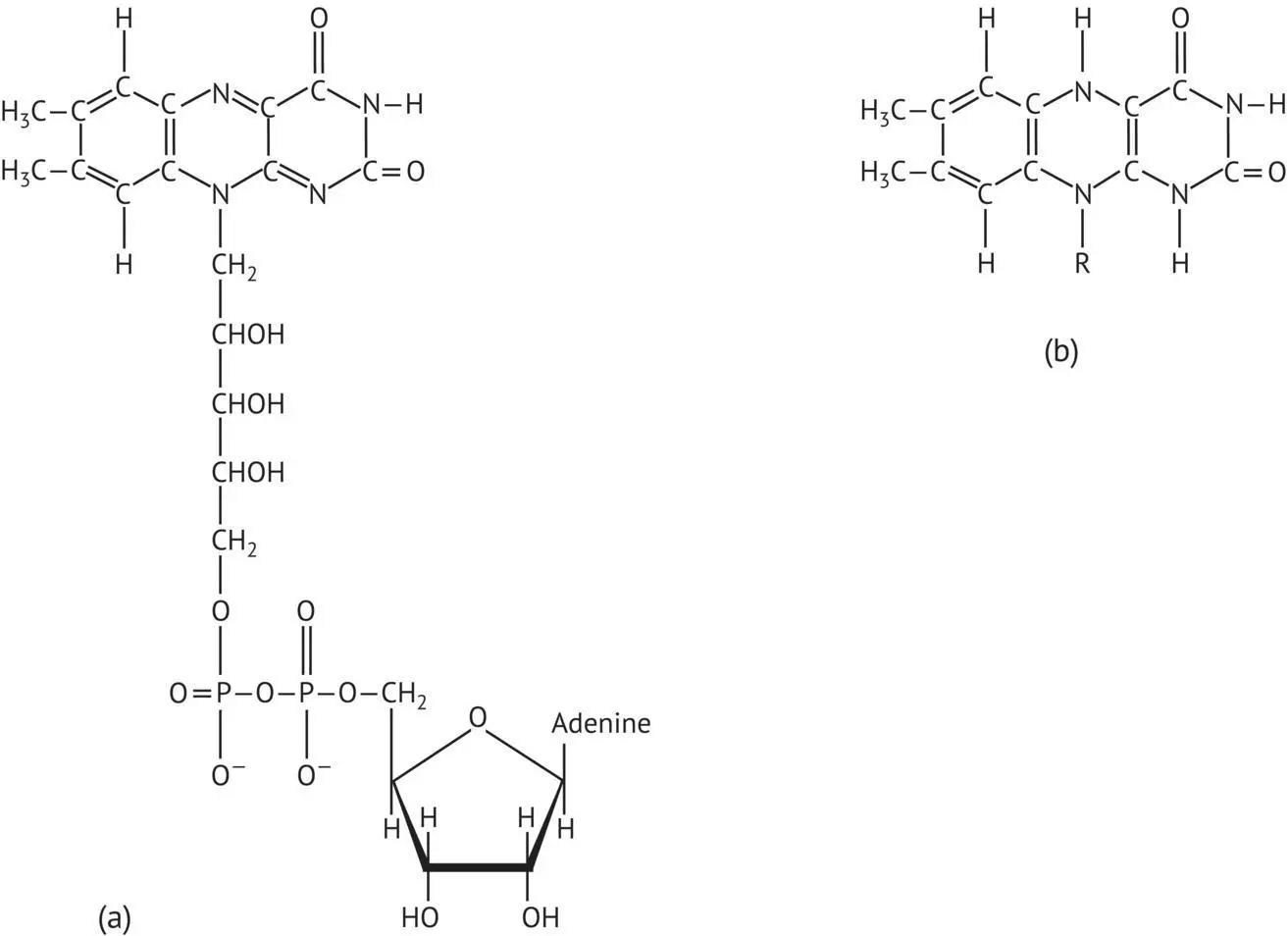
FIGURE 2.8 Structure of flavin adenine dinucleotide (FAD): (a) oxidized form (FAD); (b) reduced form (FADH 2).
From acetate, each complete cycle produces two CO 2molecules, three hydride ions transferred to three NAD +molecules (six electrons), and a pair of hydrogen atoms (two electrons) transferred to one FAD molecule. The cytochrome chain transports these electrons toward oxygen. ATP is formed during this process. This oxidative phosphorylation ( Figure 2.9) takes place in the mitochondria. This process makes use of three enzymatic complexes (NADH‐Q reductase, cytochrome reductase, and cytochrome oxidase). Two electron transport complexes (ubiquinone, or coenzyme Q, and cytochrome c ) link these enzymatic complexes.
Oxidative phosphorylation yields three ATP molecules per pair of electrons transported between NADH and oxygen—or two ATP molecules with FADH 2. In the Krebs cycle, substrate‐level phosphorylation also forms one ATP molecule during the transformation of succinyl‐CoA into succinate.
The respiration of a glucose molecule ( Table 2.1) produces 36 or 38 ATP molecules. Two originate from glycolysis, 28 from the oxidative phosphorylation of NADH and FADH 2generated by the Krebs cycle, and two from substrate‐level phosphorylation during the formation of succinate. Four to six ATP molecules result from the oxidative phosphorylation of two NADH molecules produced in glycolysis. The precise number depends on the transport system used to move the electrons from the cytosolic NADH to the respiratory chain in the mitochondria. The respiration of the same amount of sugar produces 18–19 times more biologically usable energy available to yeasts than fermentation. Respiration is used for industrial yeast production.

FIGURE 2.9 Oxidative phosphorylation during electron transport in the respiratory chain.
2.3 Regulation of Sugar‐Utilizing Metabolic Pathways
2.3.1 Regulation Between Fermentation and Respiration: Pasteur Effect and Crabtree Effect
Pasteur was the first to compare yeast growth under aerobic and anaerobic conditions and to observe an inhibition of fermentation by respiration. At low concentrations of glucose on culture media, yeasts utilize sugars through either respiration or fermentation. Aeration induces an increase in biomass formed (total and per unit of sugar degraded) and a decrease in alcohol production and sugar consumption. Pasteur therefore deduced that respiration inhibits fermentation.
The “Pasteur effect” has been interpreted in several ways. Two enzymes compete to catalyze either the respiration or fermentation of pyruvate. This competition explains the respiratory inhibition of fermentation. PDC is involved in the fermentative pathway. It has a much lower affinity toward pyruvate than does pyruvate dehydrogenase. Furthermore, oxidative phosphorylation consumes a lot of ADP and inorganic phosphate, which migrate to the mitochondria. A lack of ADP and inorganic phosphate in the cytoplasm ensues. This deficit can limit the phosphorylation and thus slow the glycolytic flux. The inhibition of glycolysis enzymes by ATP explains the Pasteur effect for the most part. The ATP from oxidative phosphorylation inhibits phosphofructokinase in particular. Phosphorylated hexoses accumulate as a result. The transmembrane transport of sugars and thus glycolysis is slowed down.
TABLE 2.1 Energy Balance of Oxidation of Glucose in Respiration
| Stage |
Reduction coenzyme |
Number of molecules ofATP formed |
| Glycolysis |
2NADH |
4 or 6 |
| Net gain of ATP from glycolysis |
|
2 |
| Pyruvate → acetyl‐CoA |
NADH |
6 |
| Isocitrate → α‐ketoglutarate |
NADH |
6 |
| α‐Ketoglutarate → succinyl‐CoA |
NADH |
6 |
| Succinyl‐CoA → succinate |
|
2 |
| Succinate → fumarate |
FADH 2 |
4 |
| Malate → oxaloacetate |
NADH |
6 |
| Net yield from glucose |
|
36–38 |
For high glucose concentrations—for example, in grape must— S. cerevisiae only metabolizes sugars by the fermentative pathway. Even in the presence of oxygen, respiration is impossible. Discovered by Crabtree (1929) on tumor cells, this phenomenon is known by several names: catabolite repression of respiration by glucose, the inverted Pasteur effect, and the Crabtree effect. Yeasts manifest the following signs during this effect: a degeneration of the mitochondria, a decrease in the proportion of cellular sterols and fatty acids, and a repression of the synthesis of Krebs cycle mitochondrial enzymes and constituents of the respiratory chain. With S. cerevisiae , there must be at least 2 g of glucose per liter for the Crabtree effect to occur. The catabolite repression exerted by glucose on wine yeasts is very strong. In grape must, at any level of aeration, yeasts are forced to ferment because of the high glucose and fructose concentrations. From a technological viewpoint, yeasts consume sugars via the respiratory pathway during the industrial production of dry yeast, but not in winemaking. If must aeration helps the alcoholic fermentation process (Section 3.7.2), the fatty acids and sterols synthesized by yeasts, which proliferate in the presence of oxygen, are responsible, not respiration.
Читать дальше
